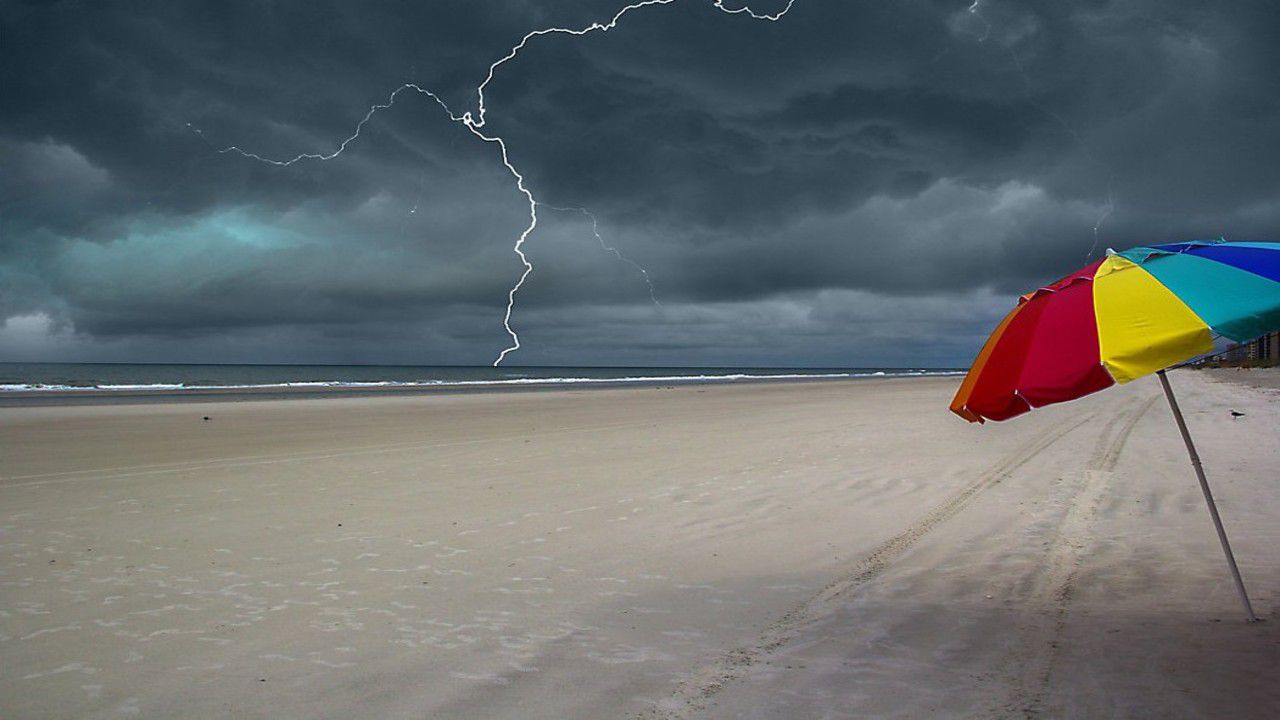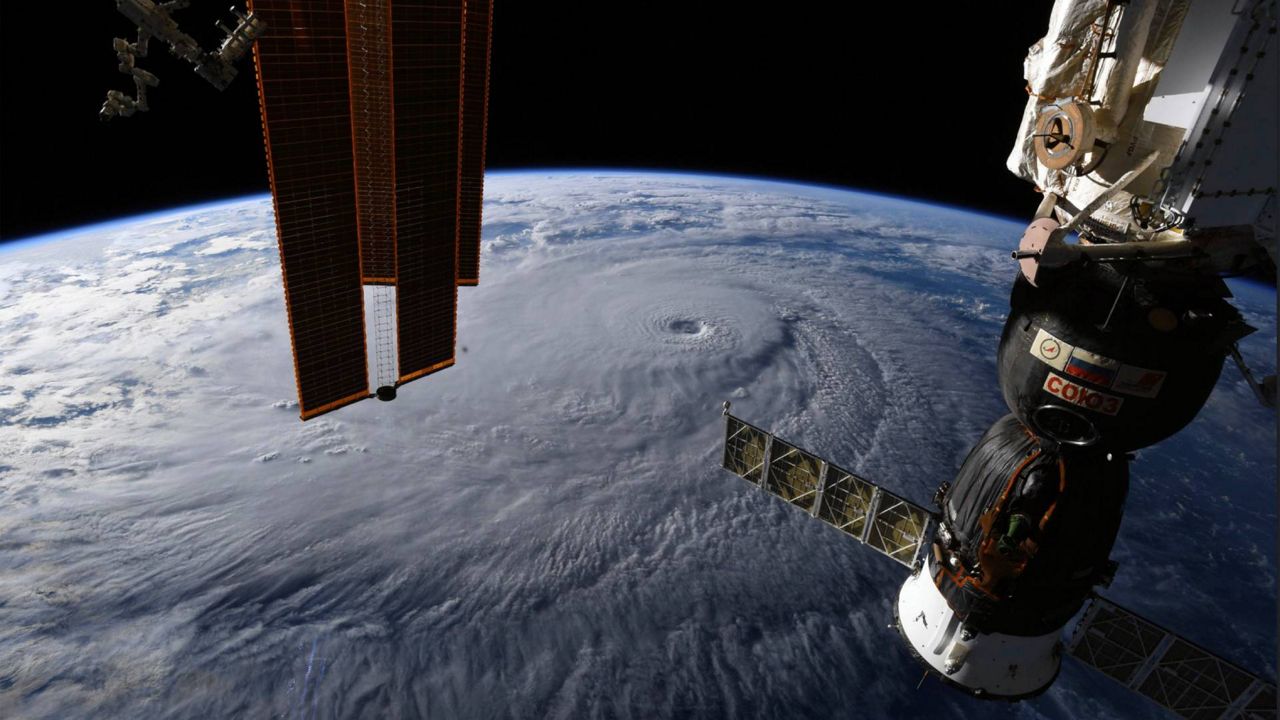Think of this. It’s a hot and sunny morning on a Saturday in the summertime. Would you rush out the door and head to the beach?
If your immediate reaction is yes, it is okay. You are not alone. I would say most people would have that initial reaction. However, it is usually not that simple. A sunny day in the summertime could be misleading.
As a meteorologist, we see this situation often. It is a hot and humid day. People are outdoors enjoying the beach, their pools, or whatever they choose to do. The sun is out, but suddenly, clouds roll in, and skies turn dark.
Eventually, a storm rolls through and completely interrupts your outdoor plans. Sometimes, this is even with consequences. The reaction usually goes like this: "I didn’t know it was supposed to rain today."

This is why we emphasize checking in with us to know the forecast for the day before you head out the door.
Not everyone remembers, but it is a great habit to get into to save you some unneeded aggravation. More importantly, this could save you from being in a dangerous weather situation.
Conversely, if you know that there’s supposed to be wet weather or even severe weather on a given day, you might see the sun and scratch your head. Then your reaction might be, "I thought it was supposed to rain today."
The truth is, sunshine and thunderstorms generally go hand in hand in the spring and summertime. As meteorologists, we’ve seen many days where we expected severe weather, only to find that the forecast didn’t pan out as expected.
What was the reason? There was too much cloud cover. We didn’t see enough heat from the sun to aid in storm formation.
A day that is favorable for severe weather is a humid day. While humidity is a good start, it is not enough for a thunderstorm to form.
In addition to humidity, we need the sun to have heat down at the surface. The heat will further aid in the creation of thunderstorms. Say dew points are in the 60s. This moisture will act as fuel for these storms.
The next step is the addition of heat. For example, we combine dew points in the 60s with air temperatures in the 80s. This setup is great for storm formation because it creates greater contrast between the hot and humid surface and the colder, drier air above.
The greater difference there is in temperature and humidity between air at the surface and the air above, the more unstable the atmosphere is. This means that a parcel of air will have a much easier time lifting upwards into the atmosphere.
At this point, all it takes is a lifting mechanism to knock the hot, humid air at the surface up into the atmosphere. In many cases, an afternoon cold front is a perfect mechanism to lift this air upwards. As hot, humid air rises, it cools, leading to the formation of clouds due to condensation. Under favorable circumstances, intense thunderstorms could form.

The point is, you need to look out for a sunny day in the spring or summer. Never assume what a day will be like because you looked out the window for a brief moment and saw the sun.
On these sunny, hot and humid days, you could eventually get caught in an intense storm with strong, damaging wind gusts, lightning, hail and torrential rain. It can also happen quickly.
You can avoid any trouble with outdoor plans as long as you plan! Never be afraid to check in with your local meteorologist if you are unsure of the forecast, and you can always stay up to date with us with Weather On The 1s!









